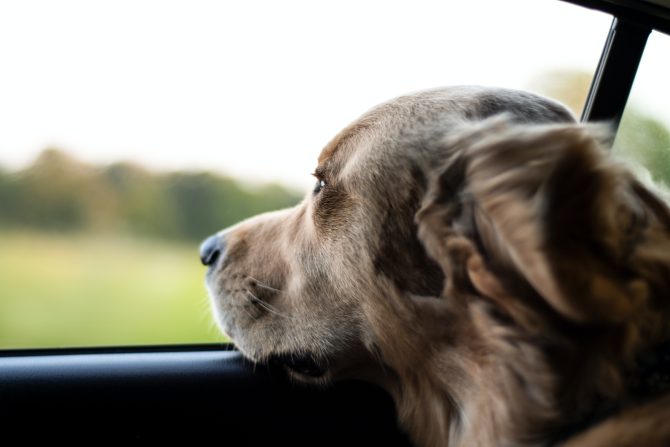Traveling with your furry companion can be a wonderful experience, but it comes with its own set of challenges and considerations. Whether you’re going on a road trip, flying to a new destination, or simply visiting the veterinarian, these pet travel tips will help ensure that your journey is safe, comfortable, and enjoyable for both you and your pet. From planning and preparation to in-transit care, here are five useful tips for pet owners on the move.
1. Plan Ahead
Before embarking on your journey, it’s essential to plan ahead and consider your pet’s needs. Here are some key elements of preparation:
a. Visit the Veterinarian: Schedule a pre-travel checkup with your veterinarian to ensure your pet is healthy and up-to-date on vaccinations. Ask for a copy of your pet’s medical records to carry with you.
b. Research Pet-Friendly Accommodations: If you’re staying at hotels or other accommodations, make sure they are pet-friendly. Some establishments have specific pet policies and may charge additional fees.
c. Get Proper Identification: Ensure your pet has proper identification, including a collar with an ID tag and a microchip. The ID tag should have your contact information, the destination address, and a backup contact person in case of emergencies.
d. Travel Crate: If you’re flying or driving long distances, invest in a sturdy and comfortable pet carrier or crate that meets airline or travel safety standards. Let your pet get accustomed to the crate before the trip.
e. Pet Taxi: Consider using a reliable pet taxi service for transportation during your journey. This can be particularly helpful when you need to move around your destination, ensuring your pet’s comfort and safety throughout your trip.
2. Bring Essentials
Pack a pet-specific travel kit to keep your furry friend comfortable and happy during the journey. Here’s a checklist of essentials:
a. Food and Water: Bring enough pet food and fresh water for the duration of the trip, plus some extra just in case. Collapsible bowls or portable water dispensers are handy for on-the-go hydration.
b. Medications: If your pet is on any medications, make sure to pack them along with a copy of the prescription and administer them as prescribed during the trip.
c. Familiar Items: Bring your pet’s favorite toys, blanket, or bedding to provide a sense of familiarity and comfort in unfamiliar environments.
d. Waste Management: Don’t forget poop bags, litter, or a portable litter box for cats. Be responsible and clean up after your pet during rest stops.
3. Safety First
Safety is paramount when traveling with pets. Ensure their well-being with these tips:
a. Restraint: Whether you’re driving or flying, always secure your pet in an appropriate carrier or restraint system to prevent injury during sudden stops or turbulence.
b. Ventilation: Ensure that there is adequate ventilation in the carrier or vehicle to keep your pet cool and comfortable.
c. Temperature Considerations: Be mindful of temperature extremes. Never leave your pet in a parked car in hot weather, and protect them from cold temperatures.
d. Keep Calm: Some pets experience anxiety during travel. Consult your vet about anti-anxiety solutions, and consider products like calming pheromone sprays.
4. Plan Regular Breaks
During long journeys, it’s essential to plan regular breaks to give your pet a chance to stretch, relieve themselves, and have some exercise. These breaks are crucial, especially when traveling by car. Make sure you know the pet-friendly rest areas along your route.
5. In-Transit Care
In-transit care involves attending to your pet’s needs during the journey:
a. Hydration: Offer water during breaks to keep your pet hydrated but be mindful not to overdo it, as frequent bathroom breaks can be disruptive.
b. Feeding: Stick to your pet’s regular feeding schedule and avoid feeding right before or during travel to prevent motion sickness.
c. Comfort: Comfort your pet with soothing words, pats, and cuddles, as well as their favorite toy or blanket.
d. Monitor Health: Keep an eye on your pet’s behavior and health during the journey. If you notice any signs of distress, consult a vet immediately.
Conclusion:
Traveling with your beloved pet can be a memorable and enjoyable experience when done right. By planning ahead, ensuring safety, and providing care during the journey, you can make the trip comfortable and stress-free for both you and your furry companion. Remember that every pet is unique, and adapting to their specific needs is essential for successful travel. With these pet travel tips in mind, you can embark on your adventures with confidence, knowing that your pet’s well-being is a top priority.











